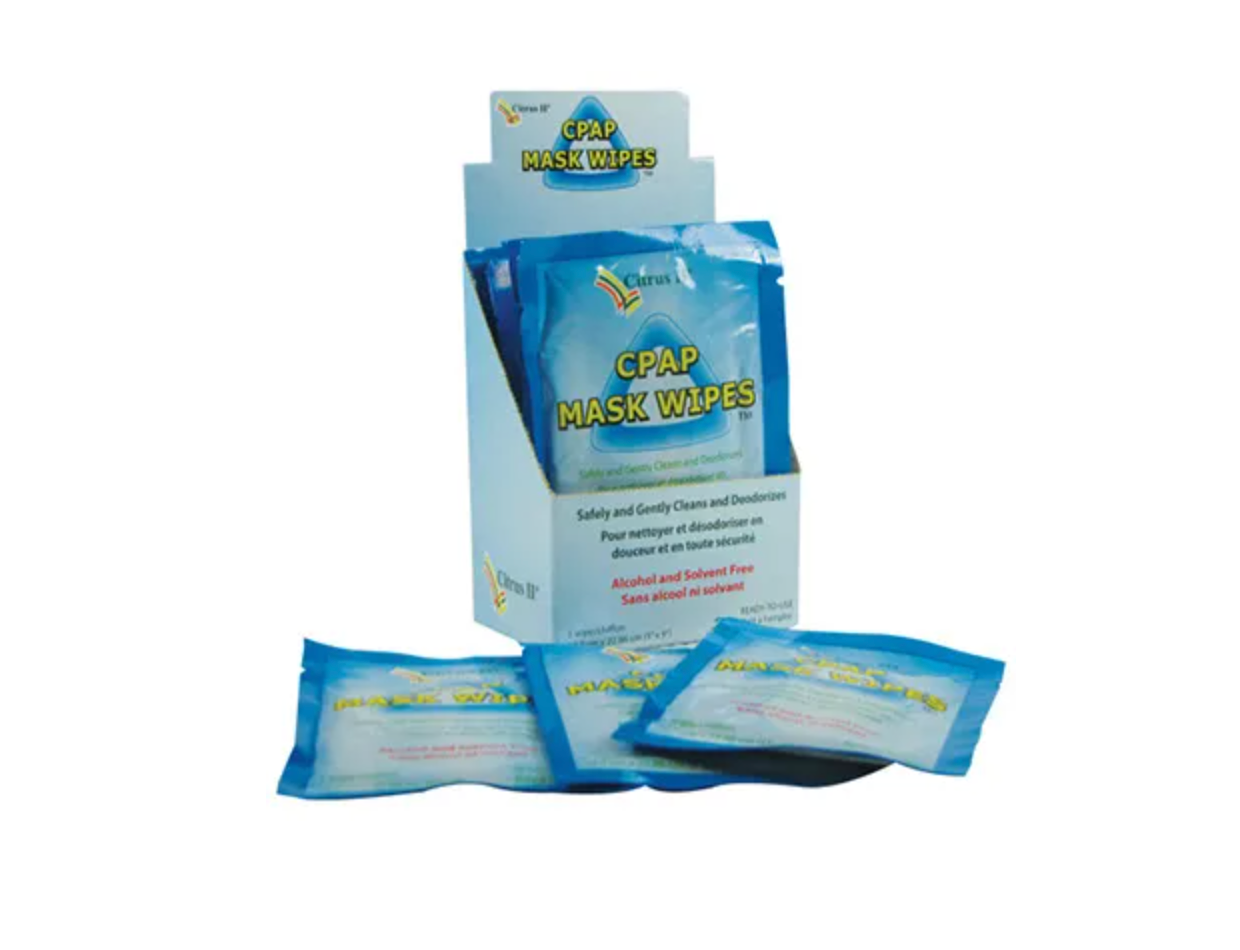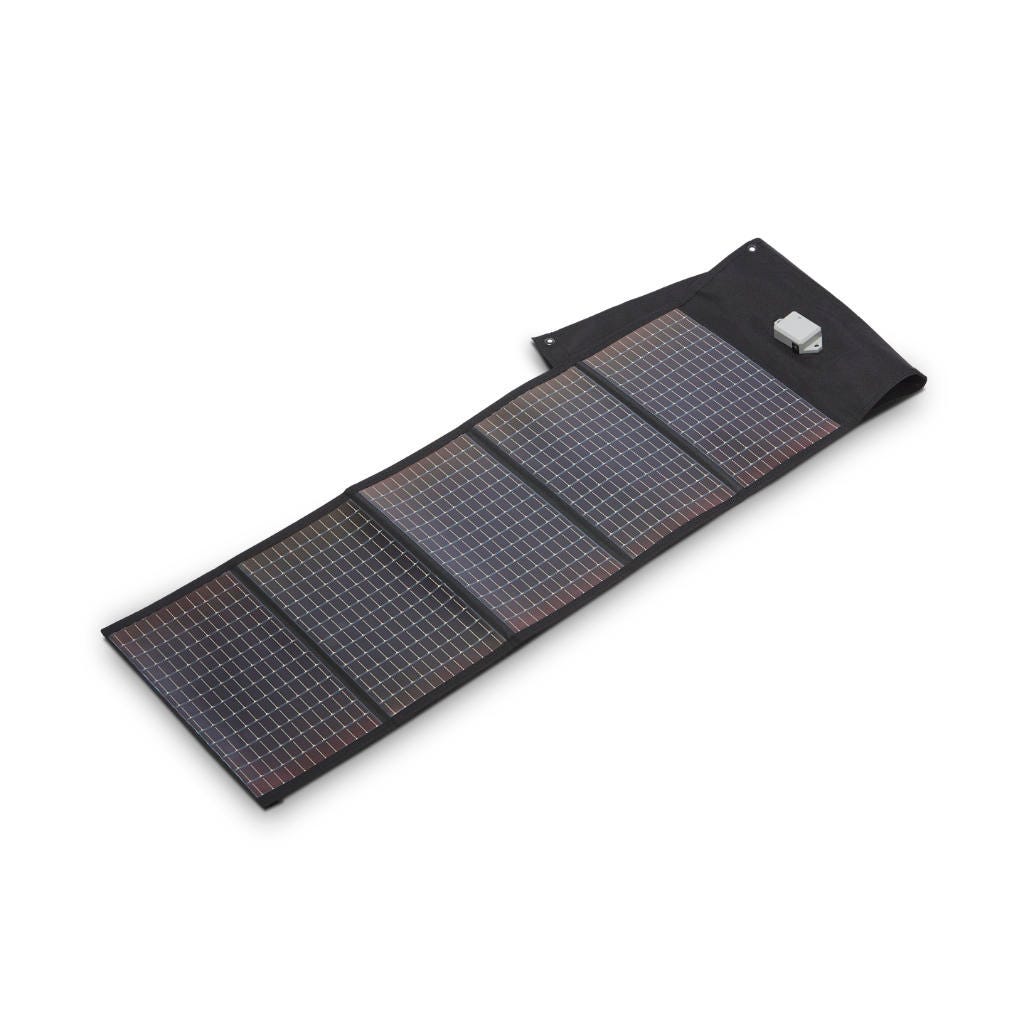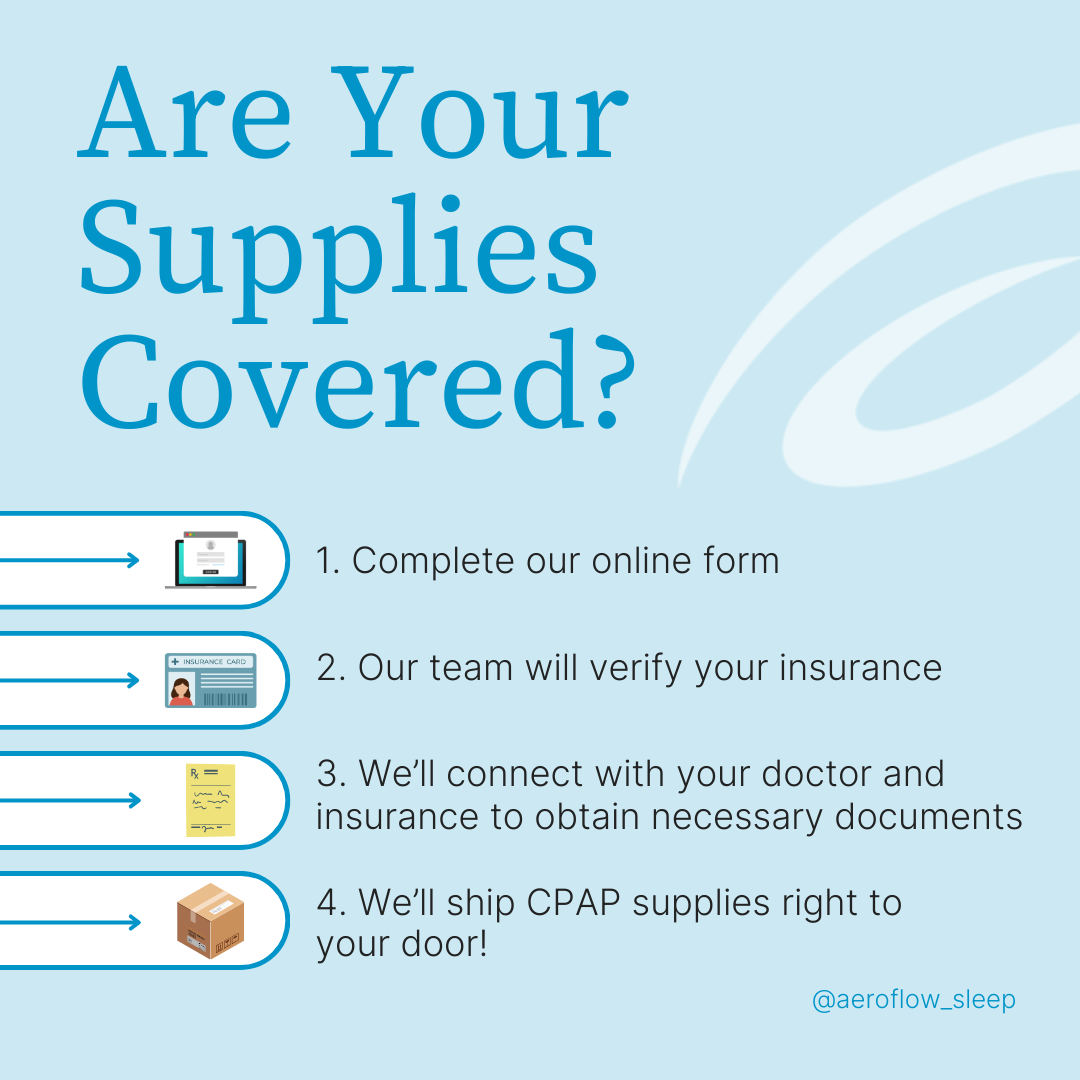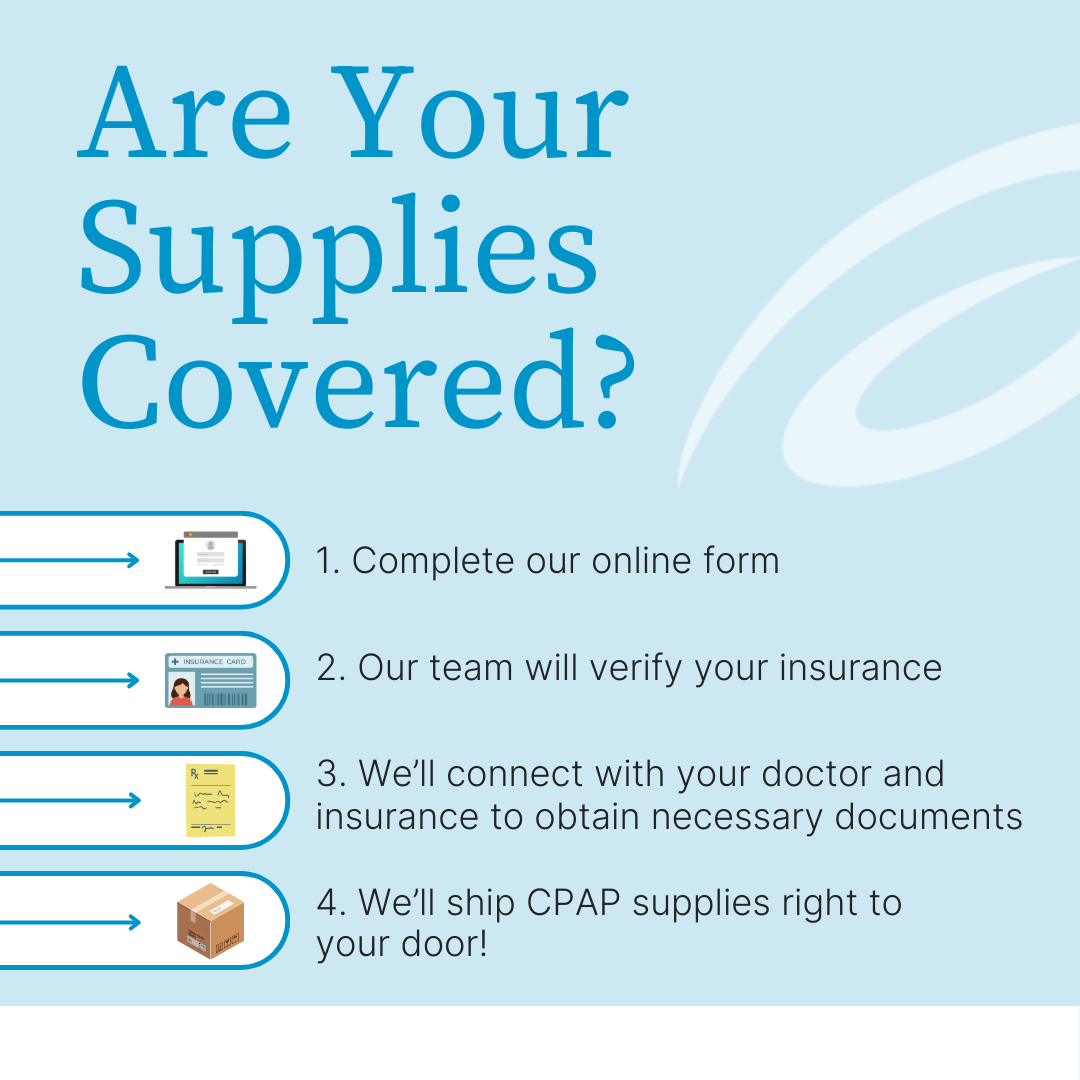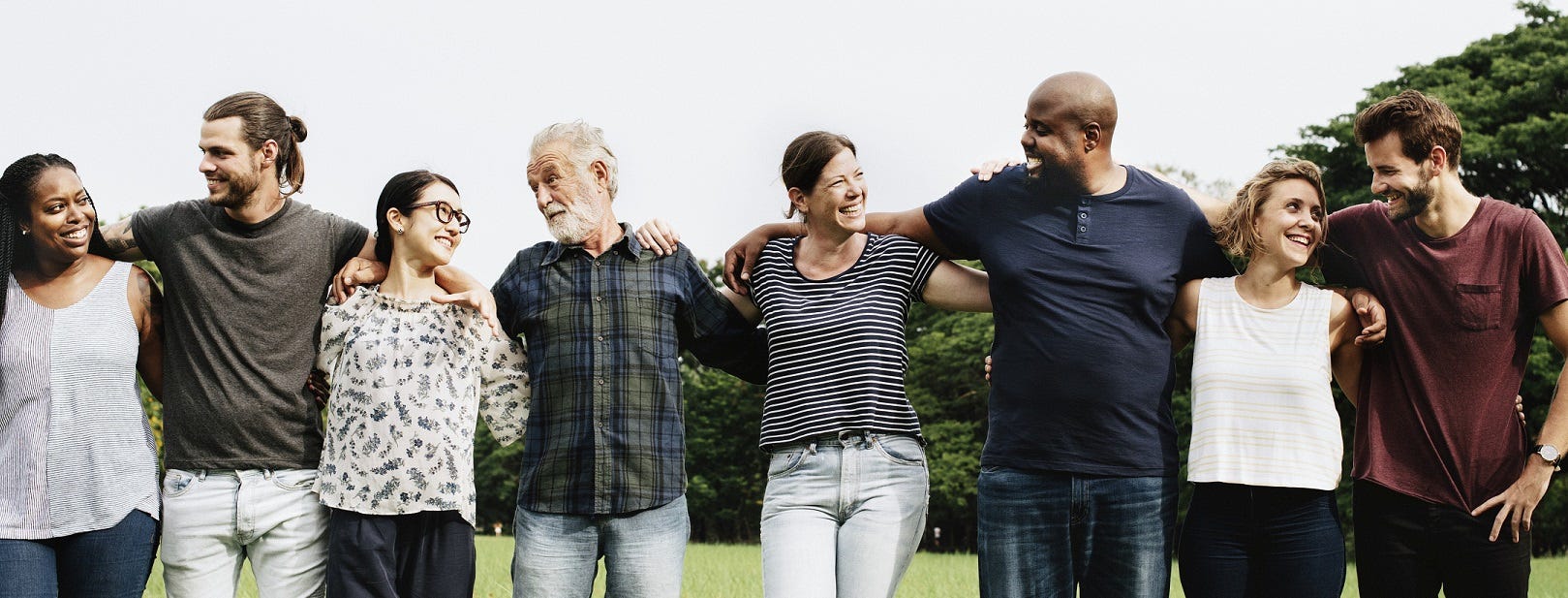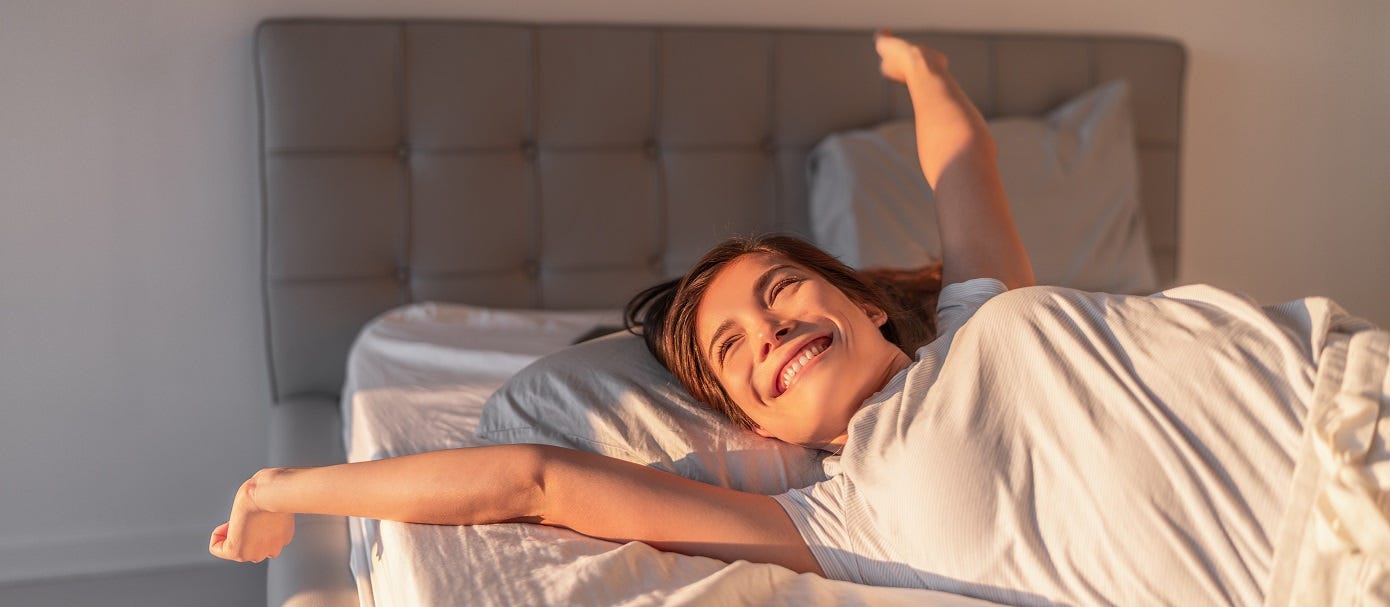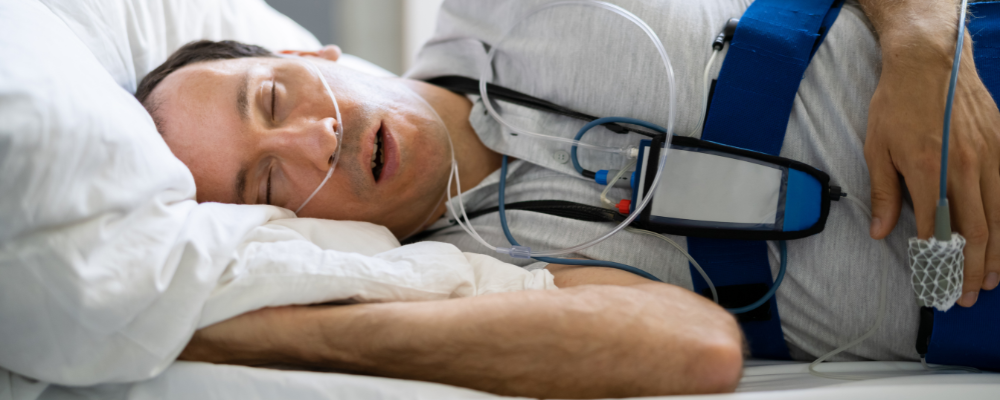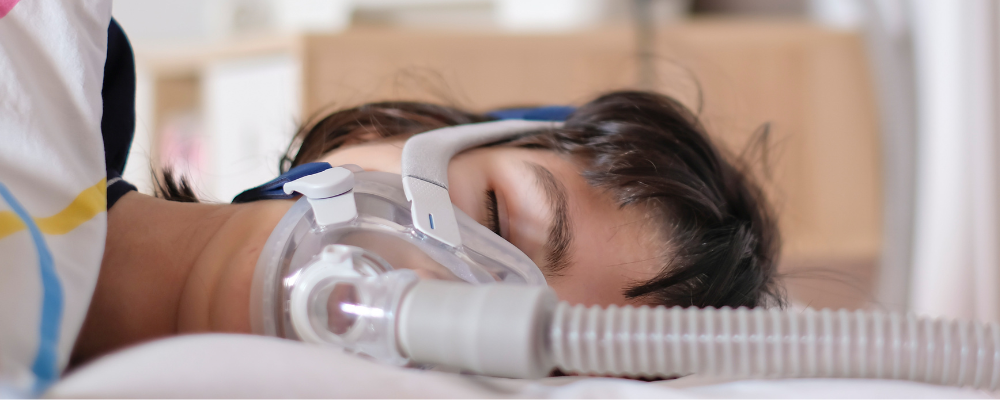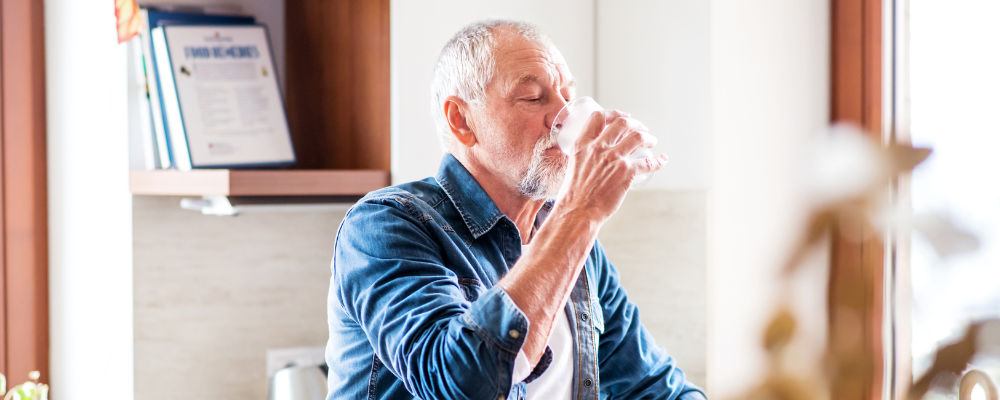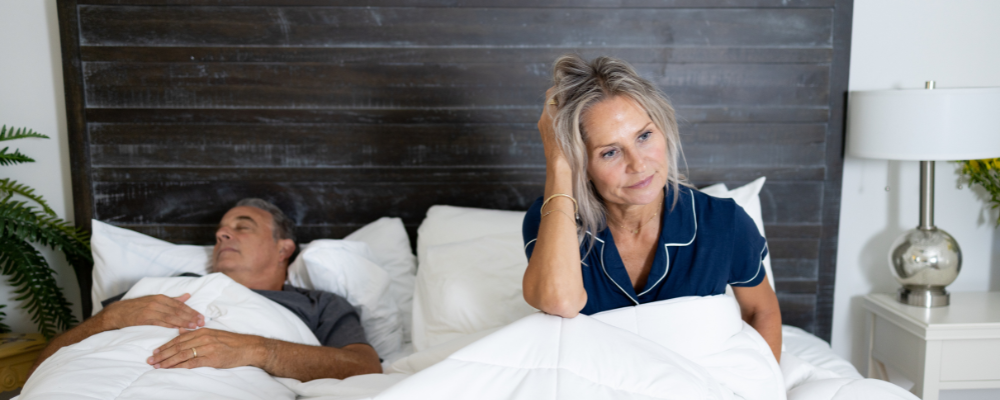Summer’s almost here, and the great outdoors is calling! But if you have sleep apnea, you might be tempted to skip the trip… or worse, skip the CPAP.
Thankfully, even off the grid you can have your CPAP and use it too! And that doesn’t have to mean spending hundreds of dollars on a specialty travel CPAP machine.
We’ve put together the best tips for camping with a CPAP machine you already own. Our real-world tips cover everything from powering your CPAP to keeping it clean, plus how you can get a CPAP from Aeroflow Sleep before you head for the hills. Because when you’re camping, the only logs you should be sawing are the ones for your campfire!
1. If You Have One, You Have None
“If you have two you have one, if you have one you have none.” The old camping proverb is just as true for your CPAP camping equipment as for any of your other gear. Things have a way of breaking when you’re miles away from the nearest store.
It’s always a good idea to pack extra filters, tubing, headgear, and even an extra CPAP mask. These items are small and lightweight, and well worth the price to make sure sleep apnea doesn’t ruin your camping trip.
2. CPAP Wipes Are Your Best Friend
Your CPAP equipment is going to get dirty, and that’s a bad thing since you’re going to wear it on your face. You don’t want to waste your potable water cleaning it, and you don’t want to give it a dip in the nearest lake.
The solution? Toss a pack (or two) of inexpensive, lightweight CPAP wipes into your bag! These unscented cleaning wipes are great for camping with a CPAP, as they cut through dirt, grease, and grime like a knife, and the alcohol-free solution is safe for plastics and fabrics, so you’ll end up using them on more than just your CPAP.
3. Request A Campsite With A Power Source
This may seem like an obvious tip, but while many campgrounds offer electricity, not every campsite they offer will have power outlets. Calling ahead to request a site with a power supply can save you a night without sleep.
Having a continuous source of AC power is especially helpful if you use a humidifier, which can drain battery life in a matter of hours. However, if you prefer something a little more off-the-grid you might like our next tip for using a CPAP while camping...
4. Bring A Portable Power Station
Gone are the days of lugging around a heavy car battery to power your CPAP machine. Portable power stations are a game-changer for camping with a CPAP, offering a much easier and lighter way to keep your CPAP running off the grid. These stations are rechargeable and come in a variety of sizes to suit your needs.
When choosing a CPAP battery for camping, look for one with at least 200 watts of continuous power output to ensure it can handle your CPAP machine. A 200-300 watt battery for CPAP for camping will typically last 1-2 nights depending on your CPAP settings, while larger stations with 400+ watts can last up to 3-4 nights. Many power stations also feature built-in USB ports, allowing you to charge your other devices at the same time. With a portable CPAP battery for camping, you get a reliable and convenient power source—no need for adapters or inverters. Just charge it before your trip, and you’re good to go!
5. Pack A CPAP Battery (Or Two)
If you’re looking for something even more portable, lithium-ion CPAP batteries are a great choice for camping. Advances in lithium-ion battery technology have made CPAP batteries smaller and lighter than ever.
They pack more battery power than ever, and you can expect most overnight batteries to last around 8 hours, and extended-life batteries to double that. That said, it’s still a good idea to pack more than one, so you can keep one recharging while you’re using the other. Especially if your battery includes USB ports, which allow you to power more than just your CPAP machine. Keep one battery for your CPAP, and another to charge your cell phone, GPS, and more.
Of course, the actual run time may vary depending on your pressure settings, and whether you’re using add-ons, like a humidifier or an inverter. High-pressure levels, advanced CPAP settings, humidification, and DC converters can all significantly reduce battery life.
And, as a bonus, CPAP batteries are FAA-approved to use in flight! This makes them extremely useful for CPAP users who travel, unlike portable power stations which won’t fit in your carry-on.
6. Consider A Solar Panel
Just as “one is none” applies to your gear, it also applies to your plans. You may plan to recharge your CPAP battery at camp, and then find yourself facing power outages. It’s a good idea to always have a backup to your CPAP battery for camping charged.
A solar charger is great for recharging your CPAP battery pack because you can leave it in the sun while you’re off on adventures. Then when you’re done, they fold up flat and fit in your backpack.
While charge times vary from model to model, most CPAP solar chargers will recharge an overnight battery in as little as 4-6 hours, and a multi-night battery in 10-12. They’re a great solution for camping with a CPAP in more remote locations.
Choosing the Right CPAP Equipment
Wherever adventure takes you, with these tips your CPAP can come, too! That way you can feel rested, refreshed, and ready for what lies ahead.
If you need help finding the right CPAP battery for camping or other supplies, Aeroflow Sleep Specialists are here to assist. They’ll help you choose the best equipment to ensure that your next CPAP camping trip is a success. Reach out at info@aeroflowsleep.com or call 1 (866) 560-6674.
And, if you haven't worked with us before but need to be set up with new CPAP supplies before your camping trip—ones covered up to 100% through insurance, sign up to receive a new CPAP machine, mask, and more from Aeroflow Sleep.



